Is Air
India Jinxed?
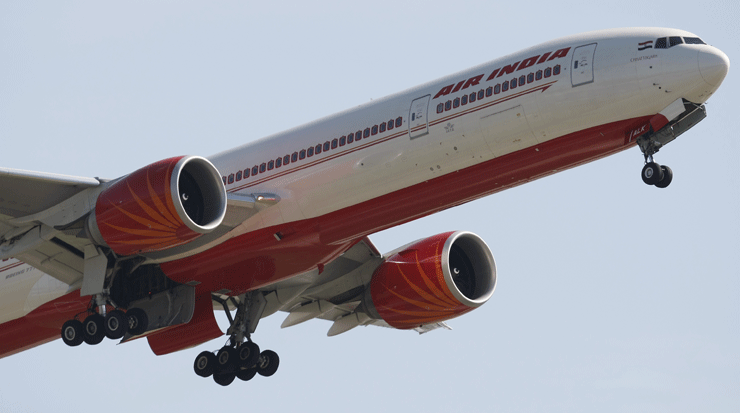
Is Air India jinxed?
That is the question on everyone’s
lips. Apparently, any activity that Air India touches is doomed to fizzle
out in a short time.
So it was with India Post, the Indian
government’s postal department.
Recently, India Post stopped its “night
airmail service” from Nagpur’s Dr. Babasaheb Ambedkar International
Airport, which it had started with leased freighters from Air India.
Industry experts are viewing the stoppage
of services from Nagpur built at the country’s first multi-modal
cargo hub as a major setback.
Started back in August 2007 amidst much
fanfare, India Post’s first Boeing 737-200’s flight for
airmail service touched down at Guwahati’s Lokpriya Gopinath Bordoloi
International Airport in Assam, in the north eastern corner of India.
The flight made history: it was the first
freighter of the Indian postal department, and it was also the first
domestic cargo carrier of Air India after its merger with the government-owned
domestic carrier, Indian (Airlines).
Over the years, India Post has expanded
its airmail services to cover the whole of the country.
Using the Nagpur International Airport
as its hub, four India Post freighters would land late every night at
Nagpur, hailing from Mumbai, Delhi, Chennai and the Kolkata-Guwahati
route.
After exchanging postal cargo, the planes
would fly back to their original station. In fact, India Post was reenacting
an older history; in the 1950’s, Dakotas carried postal mail and
parcels from four points of the country, meeting in Nagpur. From Nagpur,
the mail was sent out by rail or road.
When it launched the “airmail services,”
India Post took a brave step by going for a direct confrontation with
the private express carriers.
With help from a giant like Air India,
the move could have been successful, and the Department of Posts had
chalked out big plans.
Air India, however, spoiled the party.
According to senior Air India officials,
the reasons for the stoppage of “night air mail services”
were termed as “operational,” but those in the know say
that the main problem is the shortage of pilots.
In a recent move, a number of pilots have
been thrown out of their jobs as part of the phasing out of Boeing 747-400
and A-310 freighters (Air India has six Boeing 747-400 and two A-310
cargo carriers).
The service contracts of 30 senior commanders
were not renewed.
In fact, Air Cargo News FlyingTypers has
been informed by sources in Air India that the proposed cargo unit—about
which this publication had reported some time ago—that was supposed
to start operations as an independent unit, has been abandoned, once
again due to a shortage of pilots.
The end of the “airmail services”
has put a question mark on the viability of the multi-modal hub at Nagpur.
The cargo hub project, a pet project of
Civil Aviation Minister Praful Patel whose parliamentary constituency,
Gondia, is next door has been in the news for all the wrong reasons.
First it was the tussle between the promoters
of the hub, the Government of the state of Maharashtra where Nagpur
is located, and the state-owned Airports Authority of India, the initial
owners of the airport.
Later on there were more problems, the
foremost among them being the ceding of land by the Indian Air Force,
which also owned part of the airport.
Adding to Nagpur’s woes is the recent
withdrawal of Duke Aviation.
The company, which held a groundbreaking
ceremony more than a year ago for a MRO near the airport, has put an
end to all its plans for want of funds.
Though Ajit Karnik, the promoter of the
project, has gone on record saying that he is looking for new partners
to fund the project, one doesn’t expect it to come soon.
The one silver lining for Nagpur is that
the Boeing’s planned MRO project is still on.
Tirthankar Ghosh |


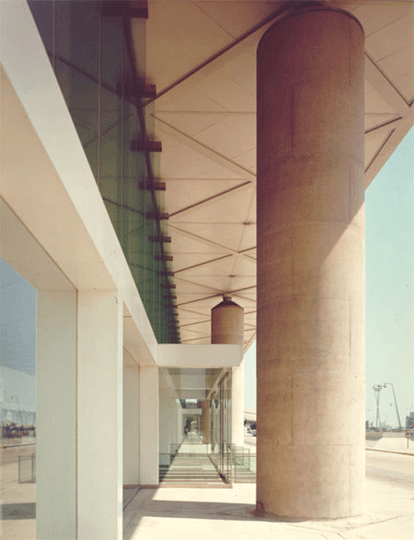
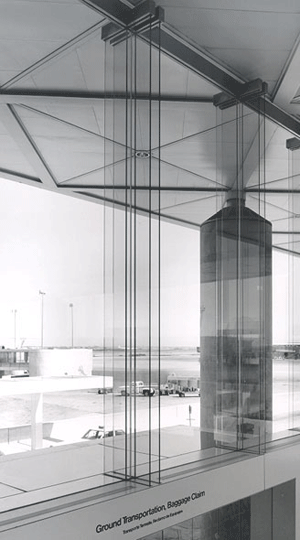
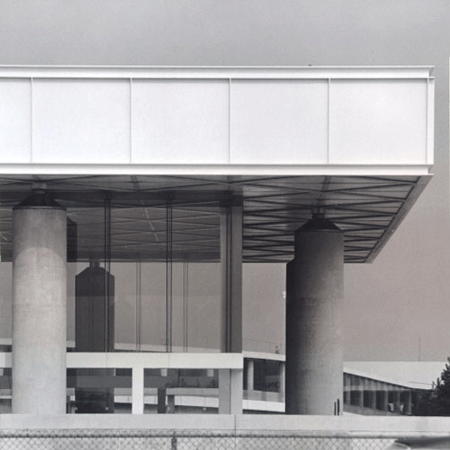 The terminal itself was designed for simplicity, restraint and high
visibility amid the airport's clutter of unrelated, assertive buildings.
The terminal itself was designed for simplicity, restraint and high
visibility amid the airport's clutter of unrelated, assertive buildings.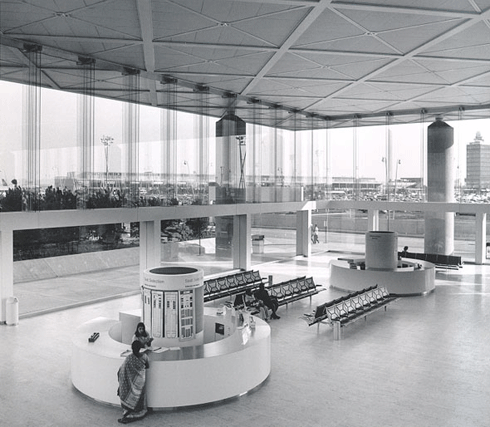 Port Authority Executive Director Chris
Ward said:
Port Authority Executive Director Chris
Ward said: